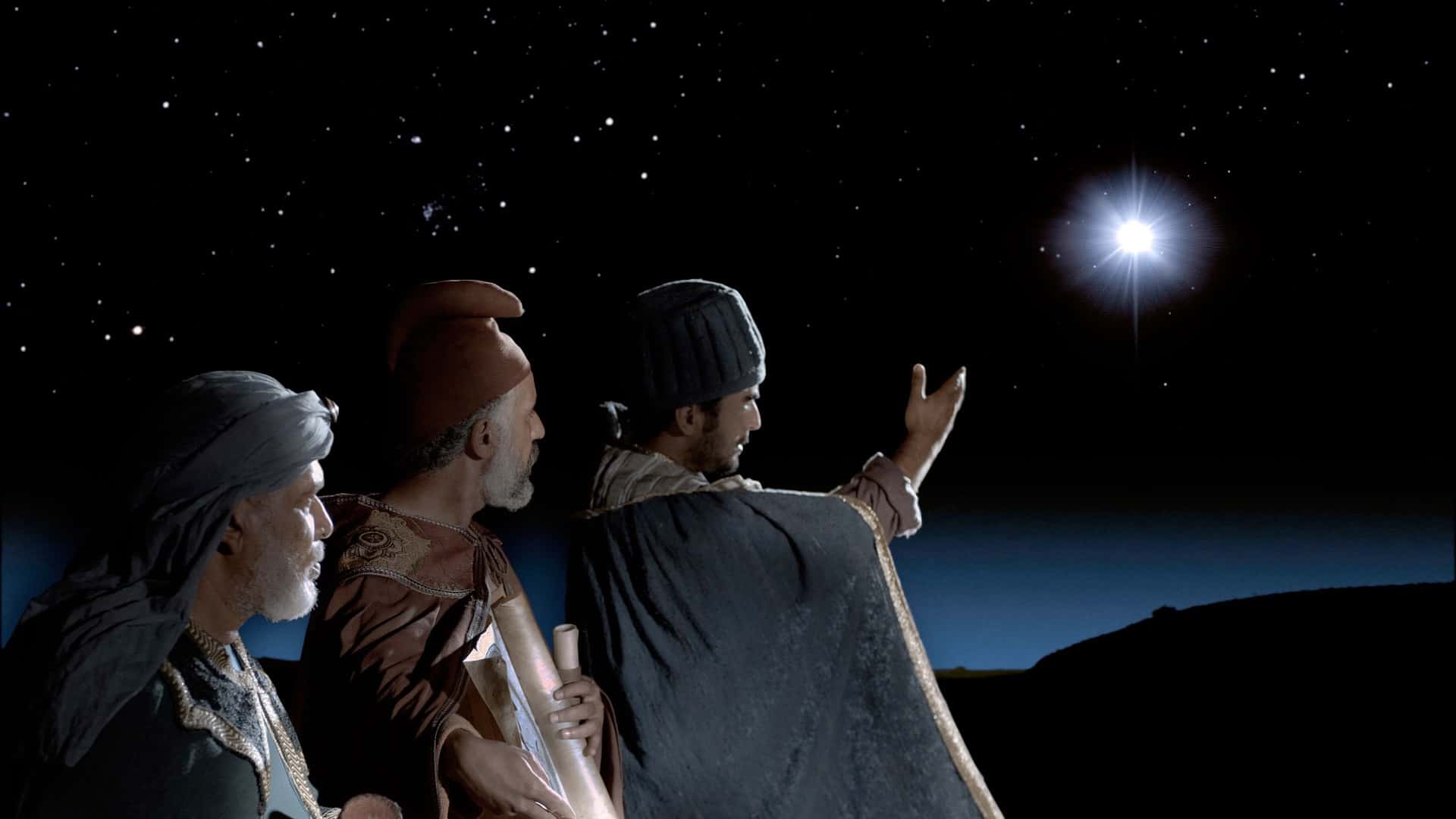When “wise men from the east arrived unexpectedly in Jerusalem” (Matt. 2:1), they asked where the newborn King of the Jews could be found. They explained, “We have seen His star in the east and have come to worship Him” (v. 2). What was this “star” the wise men saw? Was it really a star, or did the travelers call it a star because it appeared to be one? It is noteworthy that stars typically move across the sky from east to west, not north to south, as this one would from Jerusalem to Bethlehem.
Numerous suggestions have been offered—ideas such as the phenomenon was a comet, an alignment of Jupiter and Saturn, Jupiter itself, or an actual star that was extraordinarily bright. It has even been suggested that the “star” was the light or entity within each individual that signifies destiny and hope and that provides guidance within. This last idea, which sounds as if it came from a New Age guru, can be dismissed outright. It is clear that the star, even if it weren’t a real star, was still a visible object in the sky that could be seen and followed. It wasn’t an illusion. Matthew 2:9 says it “led” the wise men “until it came and stopped above the place where the child was.”
In relation to each the other suggestions that have been made, various arguments pro and con can be offered. We simply aren’t given enough details in the text to reach definitive conclusions. It has to be said, however, that even if a “natural” explanation is plausible, such an explanation would not eliminate God’s activity from the scenario. God could have used an existing heavenly body, or He could have created a special one for this event. Either way, the Lord surely was behind the star that guided the wise men to the location of His Son. “Natural” appearances do not eliminate the possibility, or in this case the distinct certainty, of a Supernatural influence.
One additional explanation that has been offered is that the “star” might have been God’s Shekinah glory, His presence that provided the source of light that, as a pillar of cloud and a pillar of fire, led His people through the wilderness to the promised land (see Ex. 13:21-22). It would be logical for the wise men would call this a star if it seemed to them to be a star as it moved across the sky.
At least one more question can be raised about the star. How did the wise men connect its appearance with the birth of Jesus? The text gives us no information on this point, although we know that the wise men likely were scholars who studied the heavenly bodies. Thus they were not just casual observers of astronomical phenomena or astrological conditions. It’s also reasonable to assume that the idea of a coming deliverer was widespread and not limited to being among the Jewish people alone. The woman Jesus met at the well in Samaria in John 4 was not a Jew, yet she said, “I know that Messiah is coming.…When He comes He will explain everything to us” (John 4:25).
Copyright © 2015 B. Nathaniel Sullivan. All rights reserved.
photo credit: www.lumoproject.com
Unless otherwise noted, all Scripture quotations in this article are taken from the Holman Christian Standard Bible®, Copyright © 1999, 2000, 2002, 2003, 2009 by Holman Bible Publishers. Used by permission. Holman Christian Standard Bible®, Holman CSB®, and HCSB® are federally registered trademarks of Holman Bible Publishers.
